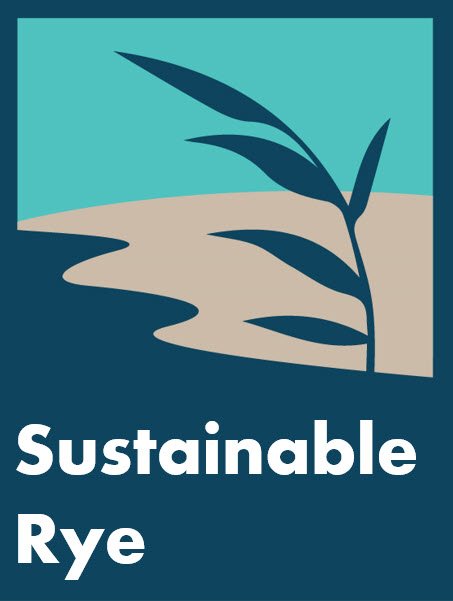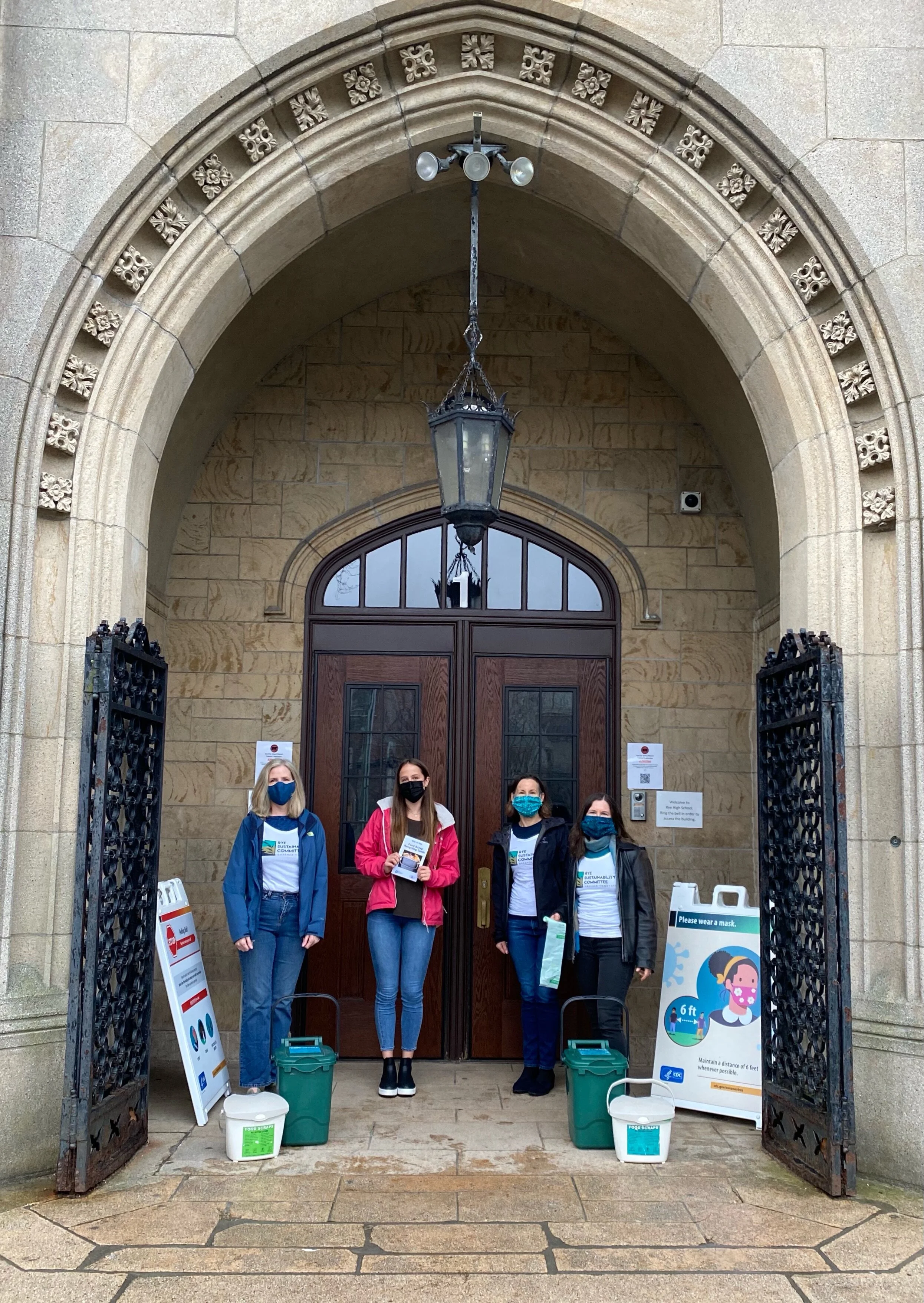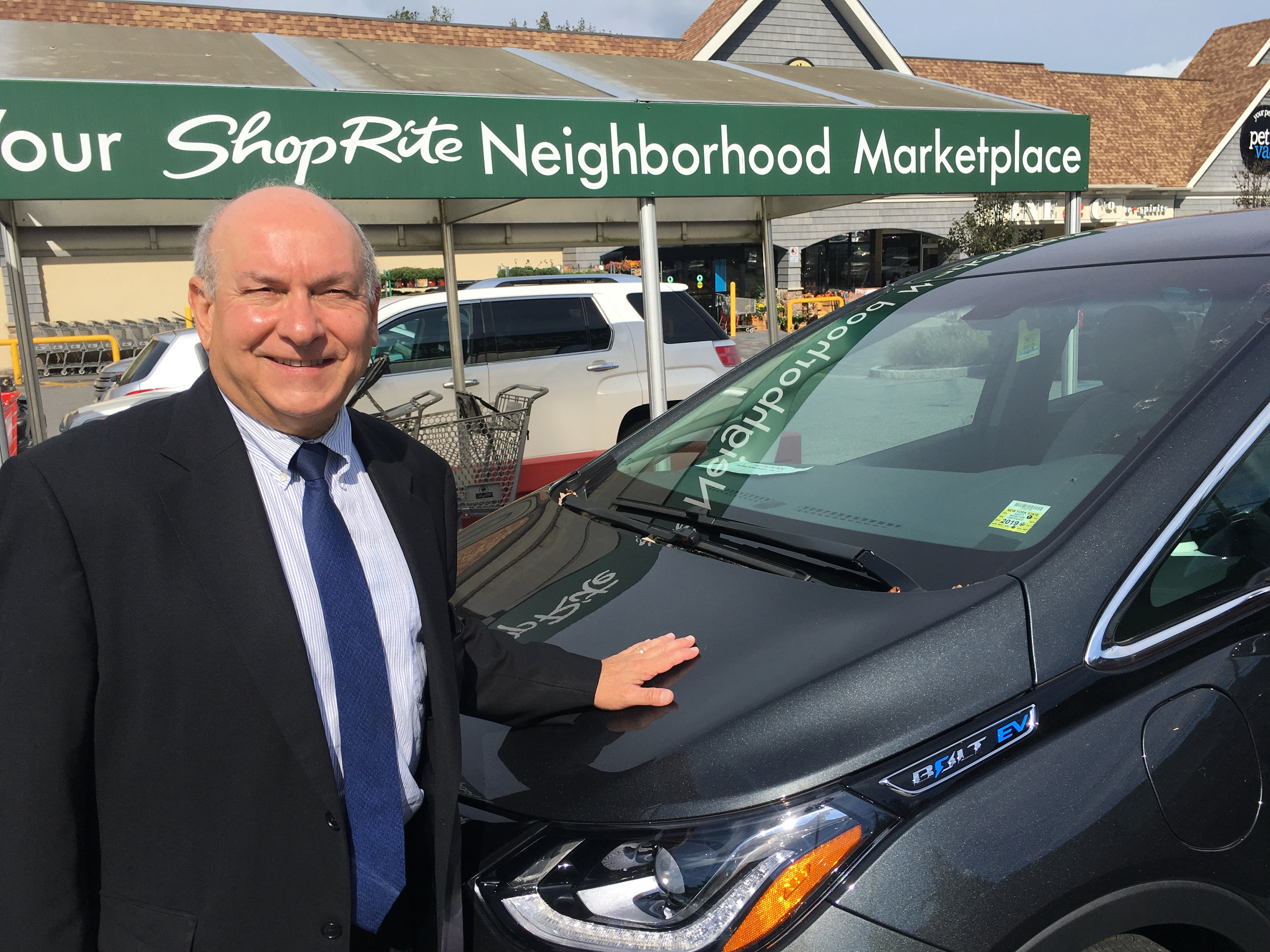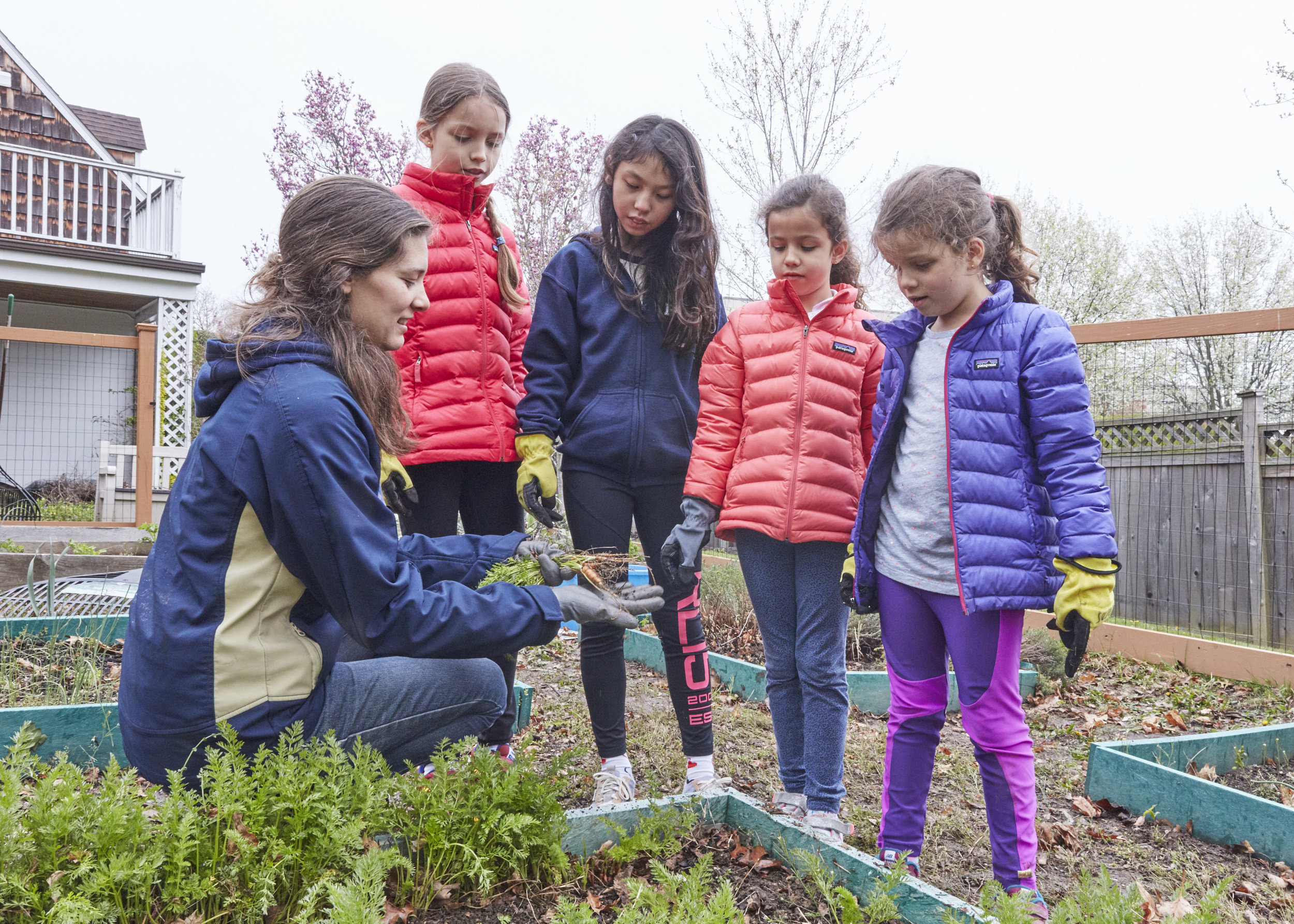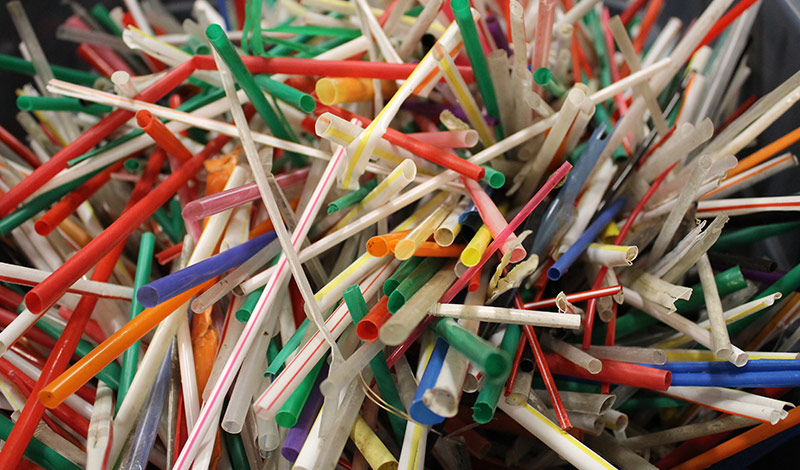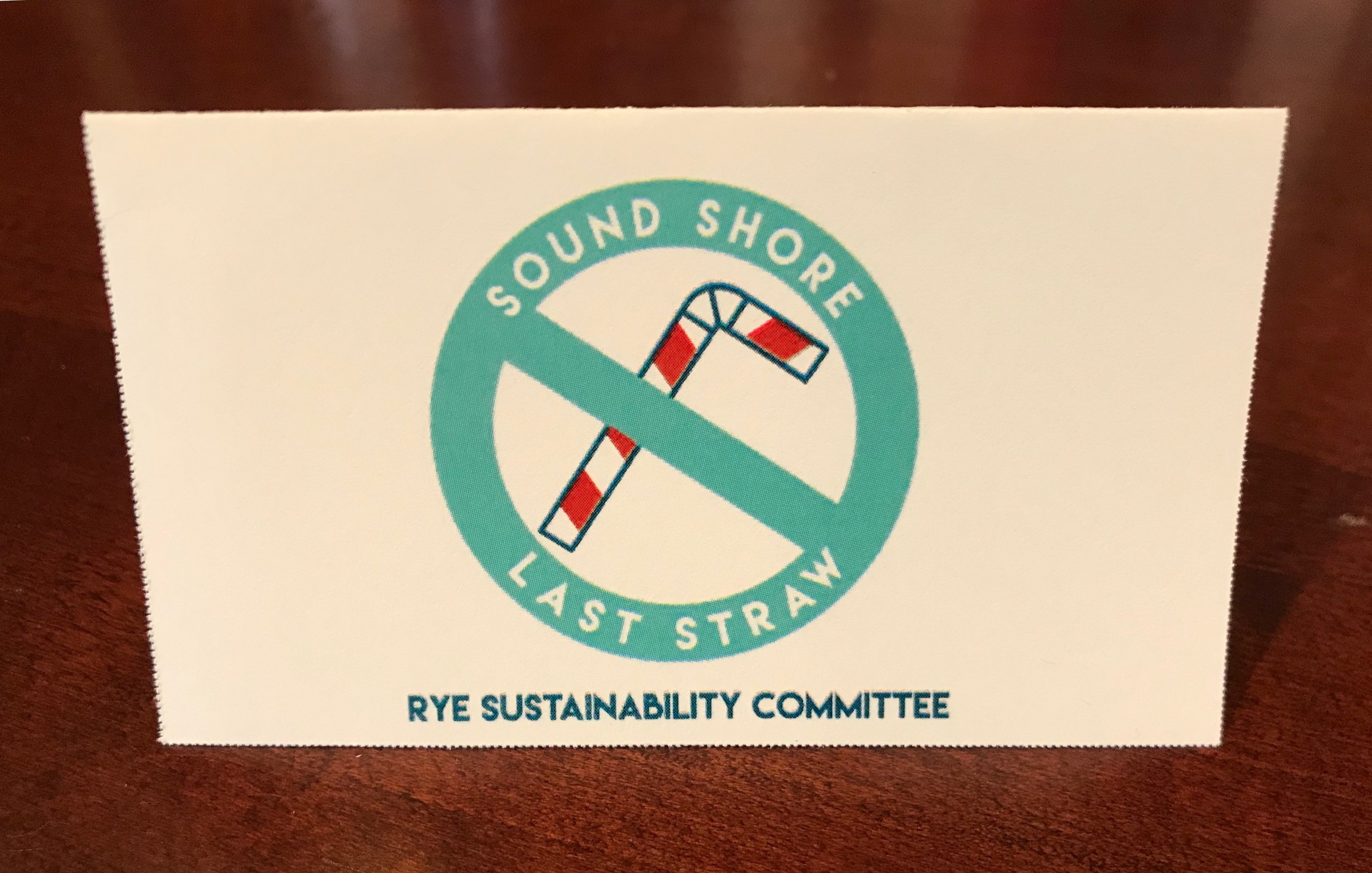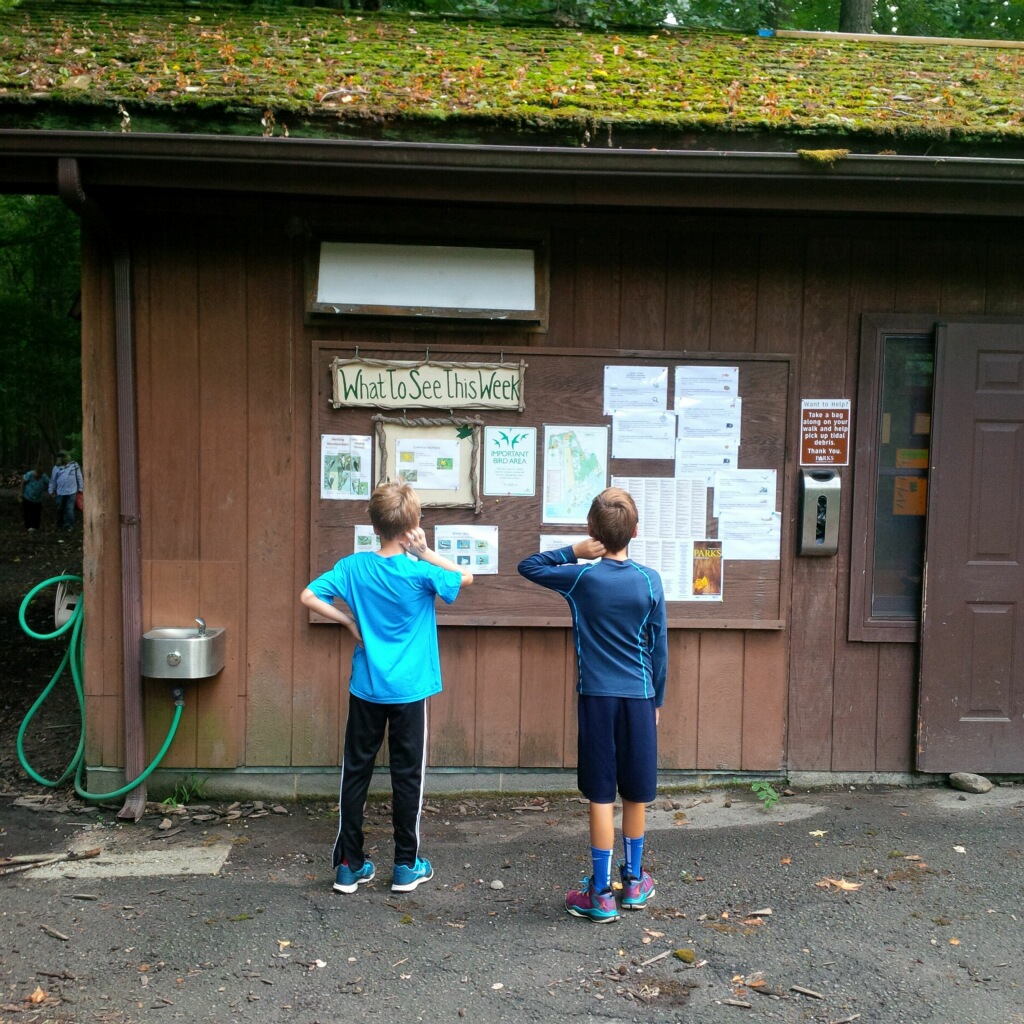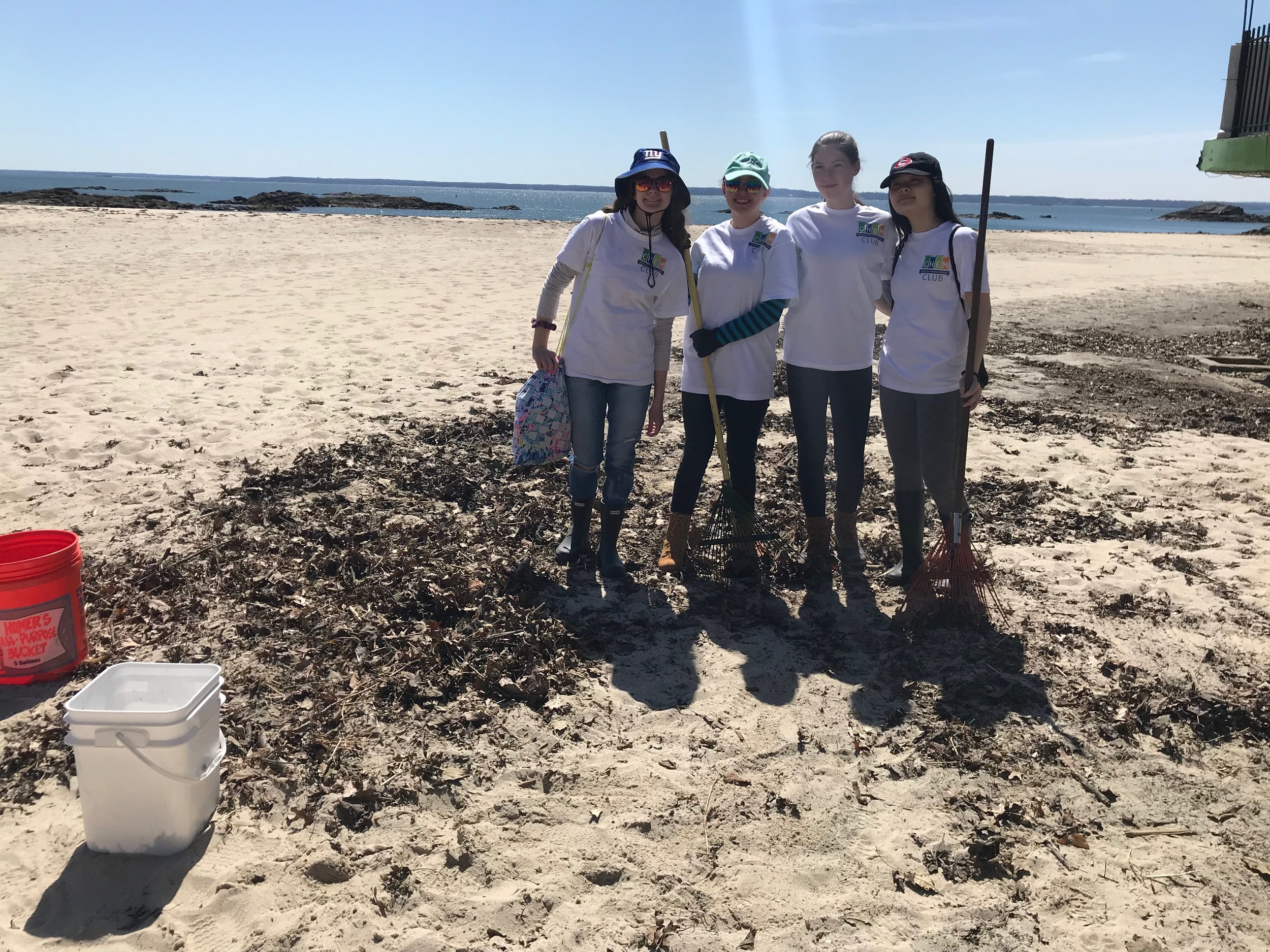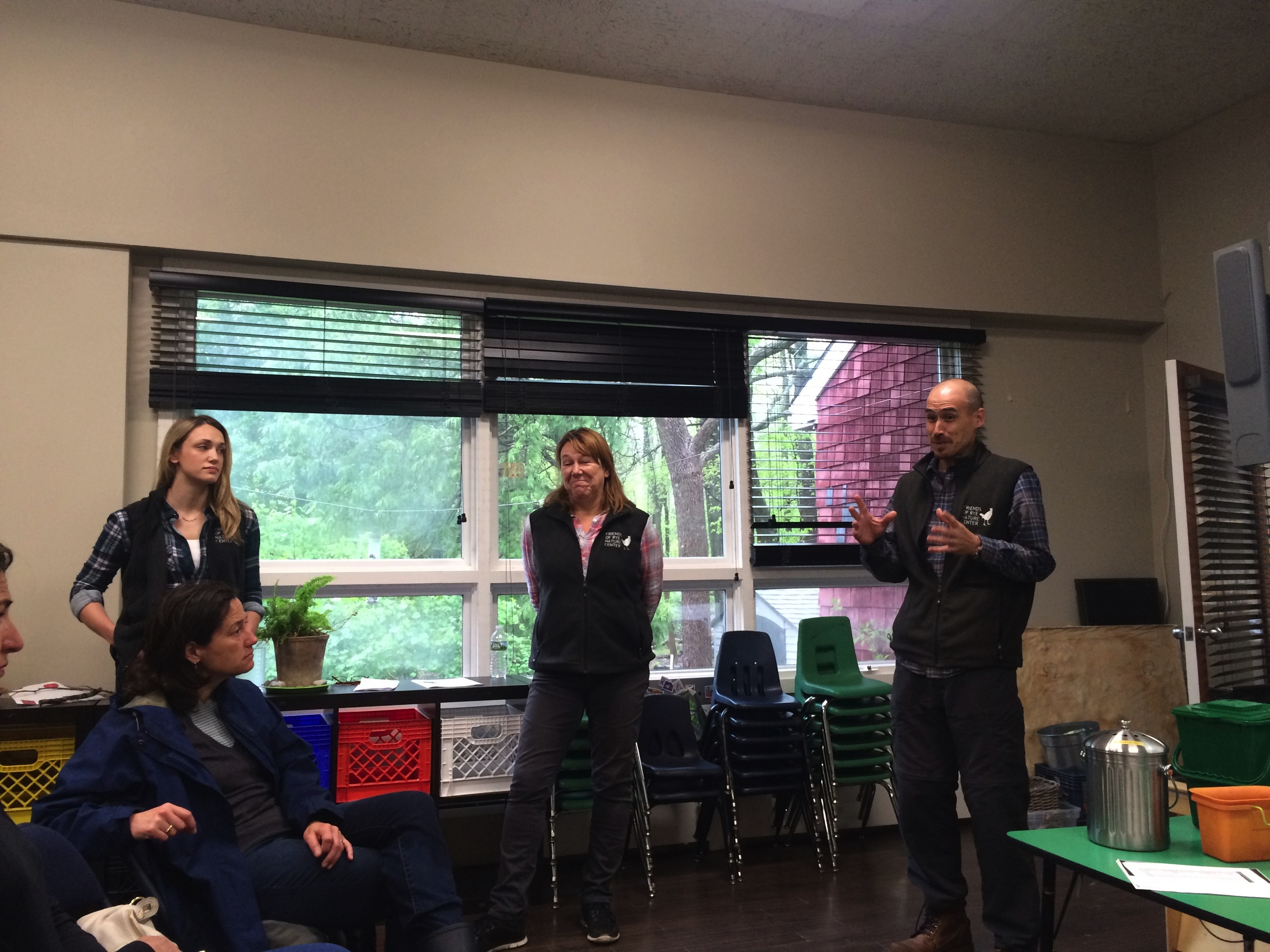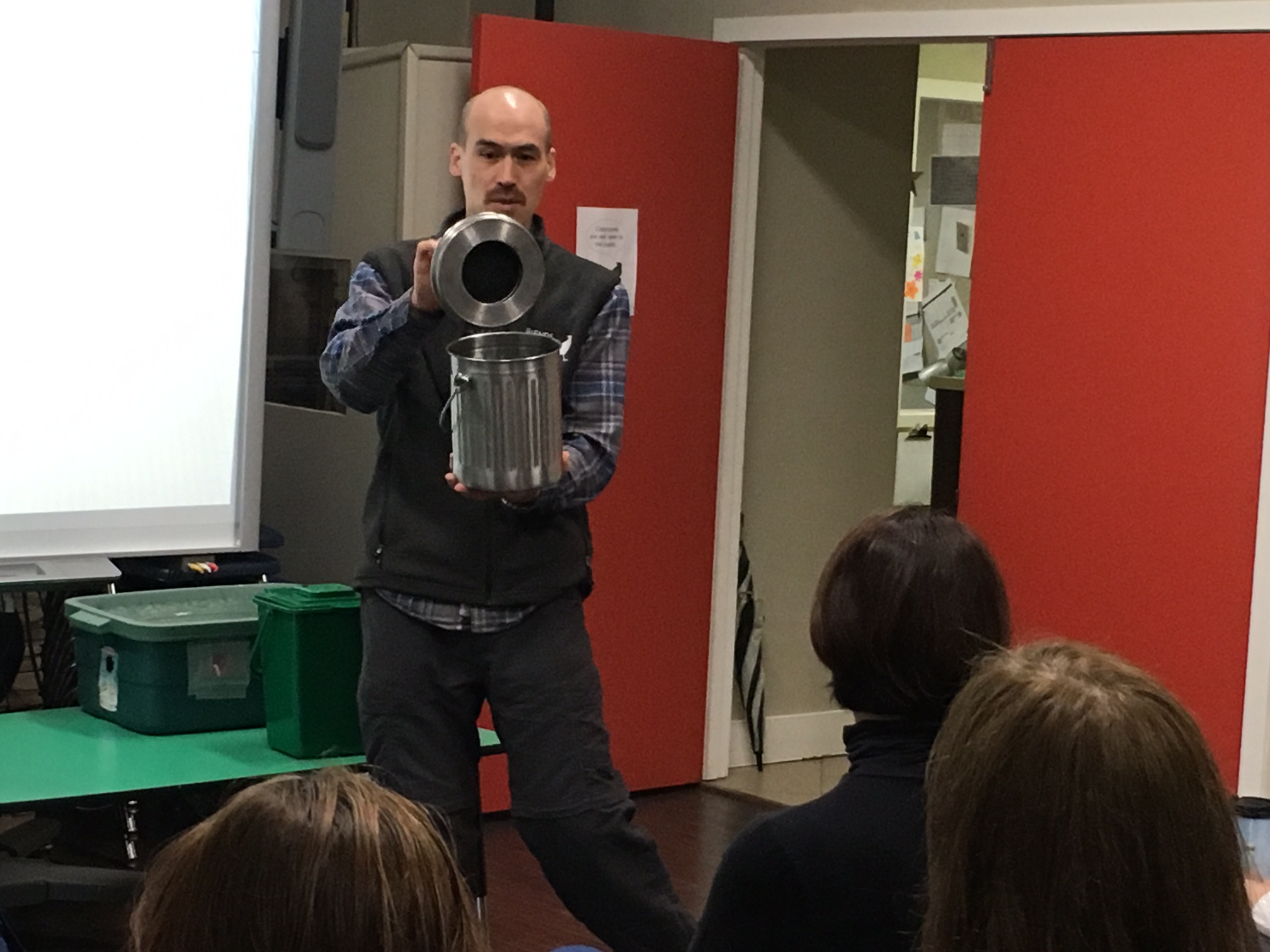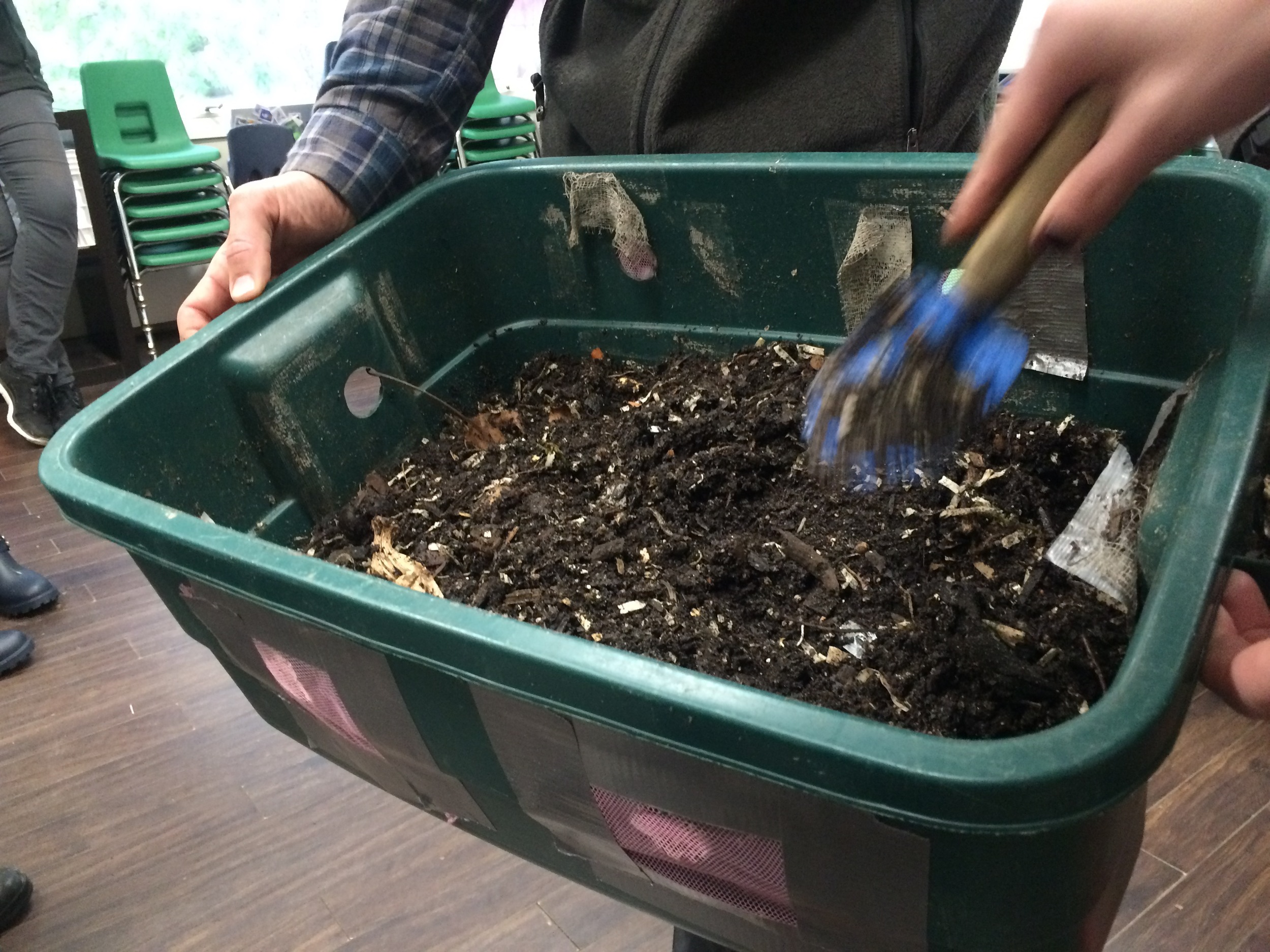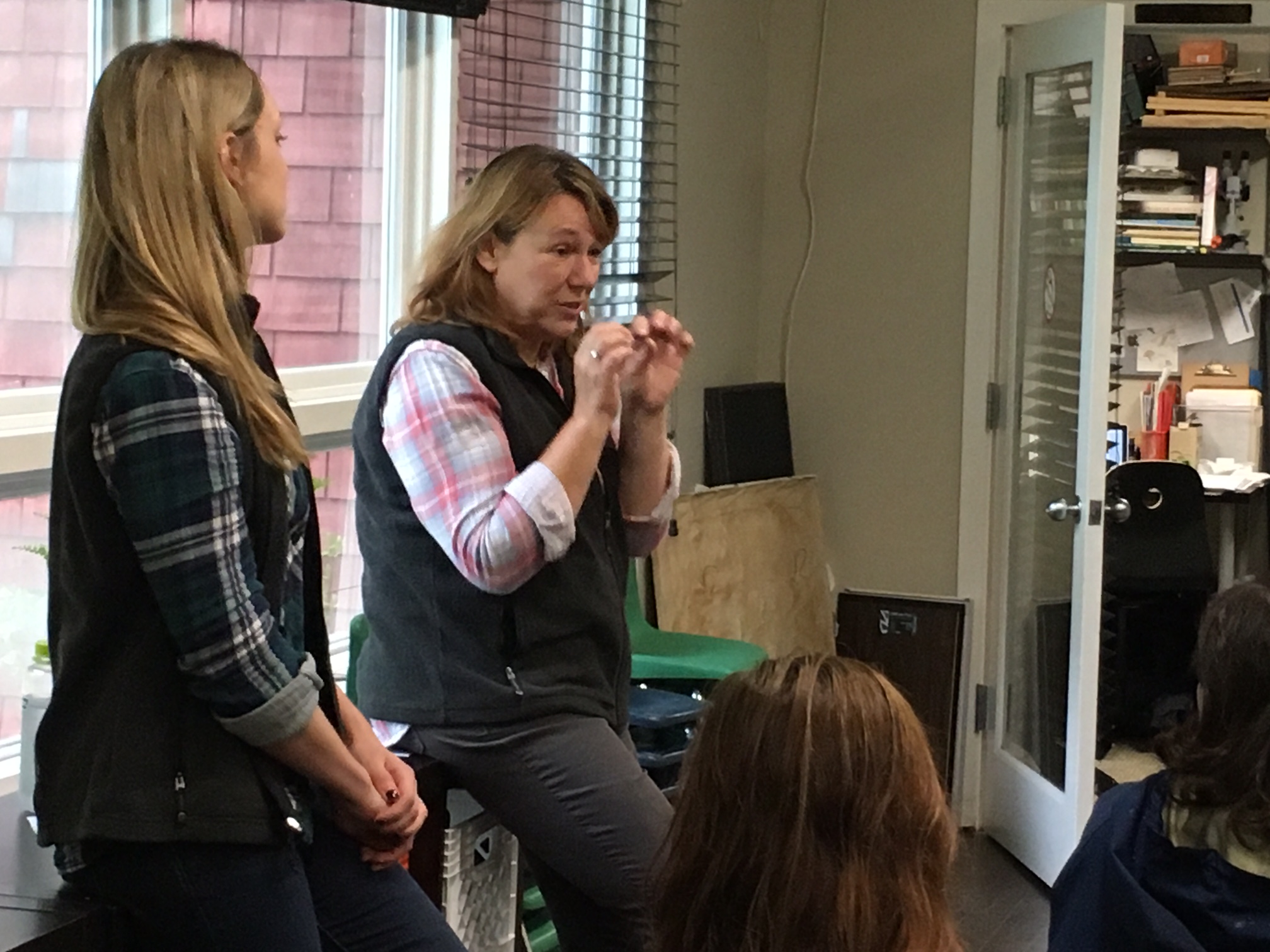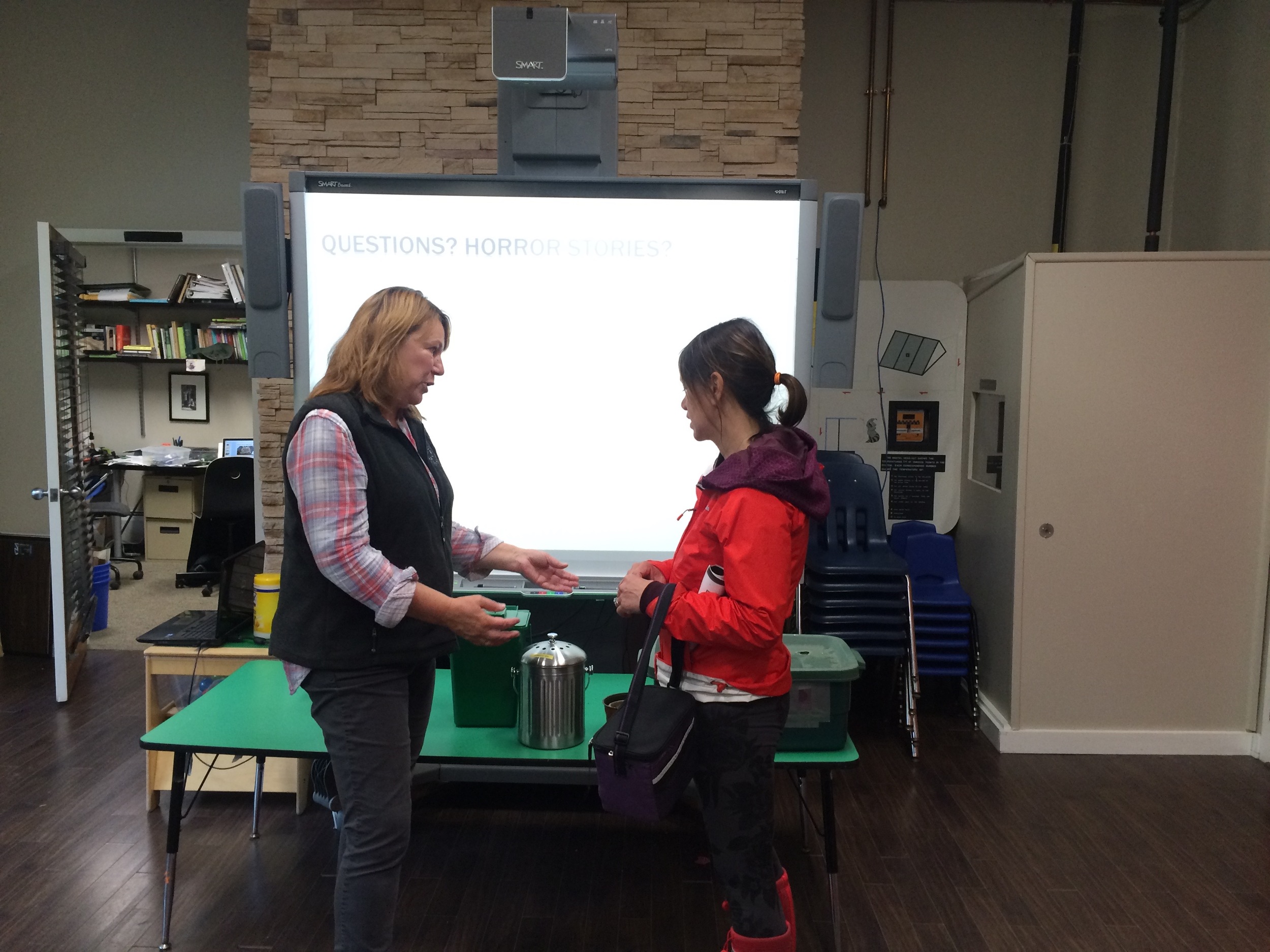With Earth Day 2021 approaching on April 22, some Rye High School students asked themselves, What simple daily action can local residents take to reduce Rye’s greenhouse gas emissions -- and how could students help make that happen?
The answer: Residents should recycle their food scraps -- and students should get in there and make sure they do!
And that led to the Food Scraps Recycling (FSR) Campaign, a collaboration this month between Rye Sustainability Committee and Rye High School’s Environmental Club.
The Campaign draws attention to the urgent need to divert Rye’s food waste from regular trash. Regular trash gets incinerated, resulting in carbon, toxic gases, and residual ash that further pollutes landfills. And right now, one third of Rye's trash is food waste.
What a waste!
When Rye residents commit to collecting their food scraps and register for the FSR program, they have just reduced their household’s garbage by one third. Even better, those scraps will be used to make compost instead of that burnt mess. Compost replenishes the soil with nutrients vital to healthy crops -- and a full circle of sustainability has been achieved.
Any Rye student can tell you that separating food waste is simple. They do it all the time at their school cafeteria. Who could be better ambassadors for the FSR program?
With all that in mind, Environmental Club members Hannah Adler and Charlie Levine created a video that provides relevant facts and simple instructions on how to register for the FSR program. Doing their part for the FSR Awareness Campaign, RMS and RHS teachers are sharing the video with students and discussing the merits of composting.
Students in turn are educating their family members, and encouraging parents to register for the FSR program. With parental approval, students can even spread the word in the community.
As part of the Campaign, a fun challenge has been proposed to Rye High and Middle School students: Who can gather the greatest number of registrations by April 28?
To sweeten the stakes, Jerry’s Post Road Market, Piazza Pizzeria and Milton Point Provisions have generously donated gift cards for each of the three RMS and RHS students who gain the most registrations.
Rye Sustainability Committee is extremely grateful to those donors and also to the RHS Environmental Club for their enthusiastic support and efforts on behalf of Rye’s Food Scraps Recycling Program.
